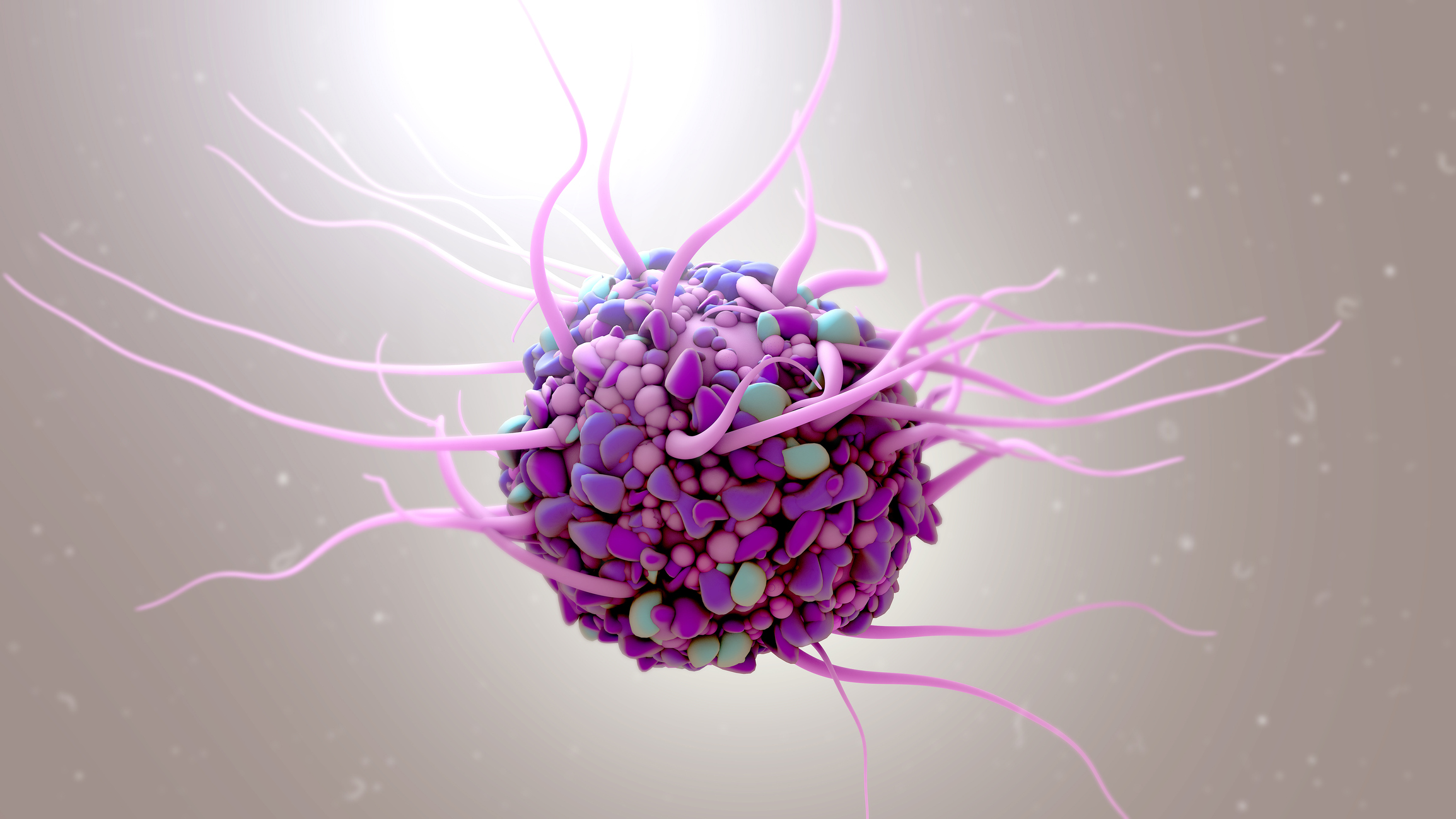Screening Formulations for New 3D Printed Wound Healing Materials
1 déc 2019
 A new study investigates a fast, simple and cost-effective new platform for evaluating the impact of adding growth factors to formulations intended for innovative 3D-printed wound healing materials.
A new study investigates a fast, simple and cost-effective new platform for evaluating the impact of adding growth factors to formulations intended for innovative 3D-printed wound healing materials.
Researchers working in the field of regenerative medicine are applying our ever-increasing knowledge of the biological processes involved in tissue repair to develop new and improved wound healing solutions. Many are currently focused on 3D printing and bio-printing technologies, which work by patterning biomaterials, biomolecules and/or cells to create materials that mimic the complexity of skin tissues and help promote the body’s natural wound healing processes.
Growth factors – including epidermal growth factor (EGF), fibroblast growth factor (FGF) and platelet-derived growth factor (PDGF) – are intrinsically involved in orchestrating several aspects of these processes. So incorporating these molecules into new wound dressings is a logical step to improve their healing potential. But as these are expensive ingredients, strong evidence is needed to prove that the benefits outweigh the costs.
A New Film-Based Testing Platform
In a new study, published in Applied Surface Science, a team of scientists explore the use of thin polysaccharide blend thin films to test the impact of including growth factors into formulations intended for 3D bio-printed wound healing materials.1 The researchers created blended alginate/carboxymethyl cellulose-based thin films loaded with and without growth factors and evaluated several of their properties at a nano-level.They analysed film formation using ATR-IR spectroscopy, evaluated their surface morphology and topography by atomic force and scanning electron microscopies. They determined their hydrophilicity using the water contact angle measurement method. Their results showed that adding growth factors into the blend films did not affect their formation or morphology, while their hydrophilicity was even slightly enhanced.
The team next set out to evaluate the function and influence of the blend films on potential wound care applications in cultured human skin cell experiments. They found that the growth factors boosted cell viability. This is promising for both their own potential for use in wound healing as well as their application as testing platforms to find suitable materials for other types of wound-care products, such as 3D bio-printed materials.They used ultrapure water prepared from an ELGA PURELAB® laboratory water purification system for the preparation of all their solutions, minimising the risk of introducing contaminants that could affect the results of their experiments.
Cost-Effective, Simple and Quick
These encouraging results suggest that these blended thin films may represent a simple, yet systematic and representative platform that can reduce costs and speed up the development of novel growth factor-loaded formulations for 3D bio-printing or other wound care solutions. Although further studies will be necessary to project the performance determined using the thin films to 3D-printed growth factor-loaded wound dressings, this approach shows great promise for a robust way to evaluate and refine new formulations for use in wound healing.
Why choose ELGA LabWater?
ELGA are the LabWater Specialists, for over 80 years we have been working with scientists to guarantee pure and ultrapure water for their experiments and lab work. Laboratories around the world trust our water purification systems to help their researchers to achieve accurate, reliable, quality results.
Reference:
1. Maver, U. et. al. Impact of growth factors on wound healing in polysaccharide blend thin films. Applied Surface Science; 2019: 485-49.
Dr Alison Halliday
After completing an undergraduate degree in Biochemistry & Genetics at Sheffield University, Alison was awarded a PhD in Human Molecular Genetics at the University of Newcastle. She carried out five years as a Senior Postdoctoral Research Fellow at UCL, investigating the genes involved in childhood obesity syndrome. Moving into science communications, she spent ten years at Cancer Research UK engaging the public about the charity’s work. She now specialises in writing about research across the life sciences, medicine and health.
